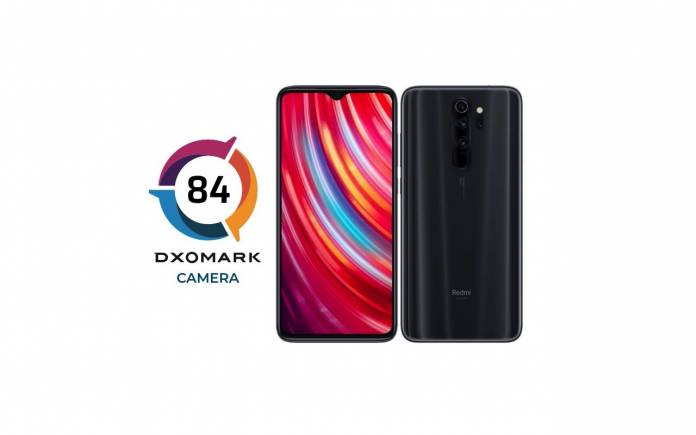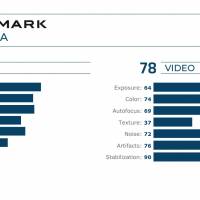
The Redmi Note 8 series was first leaked back in August 2019. They were leaked with a 48MP camera. The Pro variant was eventually launched with a 64MP camera alongside the Redmi TV and a RedmiBook. Xiaomi already has 108MP camera phones but we have yet to see if the 64MP shooter is that powerful. It was only this month the smartphone reached DxOMark and got reviewed when it comes to imaging. We’re not saying DxOMark is the ultimate benchmark and review center but it’s one of the most trusted today.
Let’s review the key camera specs of the Redmi Note 8 Pro first: quad-camera setup that consists of a 64MP primary camera with 1/1.7-inch sensor, 26mm-equivalent f/1.9-aperture lens, and PDAF + 8MP ultra-wide sensor with 13mm-equivalent f/2.2-aperture lens + 2MP macro camera + 2MP depth sensor. The system comes with an LED flash and allows 2160p/30fps video recording (4K at 30fps).
Looking at the DxOMark score, the Redmi Note 8 Pro only received an average score of 84 (87 Photo, 78 Video). That is low–down below and tied with the Black Shark 2 and the old LG V30. Even if the camera is 64 megapixels, the phone cannot compete with other premium flagship phones. It’s only a budget smartphone so we ask if the 64MP is really necessary. It offers decent performance though for such a low price so we’re guessing it’s okay. We still won’t be surprised if Xiaomi will sell a lot of the Redmi Note 8 Pro.
The Redmi Note 8 Pro camera offers good target exposure with flash and subject isolation in bokeh mode. Exposure in low light and at night is decent while in good light, there is fast and accurate autofocus. When it comes to video recording, you will notice pleasant colors in outdoor videos and good stabilization in static scenes. Target exposure in bright light and under indoor conditions is good enough.
Unfortunately, the reviewers listed more disadvantages like slow autofocus response times and lack of detail/dynamic range, fine detail in indoor shots, and detail and artifacts in zoom shots. You may also notice some hue shift, ringing, and corner softness artifacts plus limited dynamic range and highlight clipping. For videos, there are noticeable autofocus tracking issues in low light, orange white balance cast in indoor footage, noise in all conditions, exposure oscillations in outdoor/indoor clips, and again, limited dynamic range.












